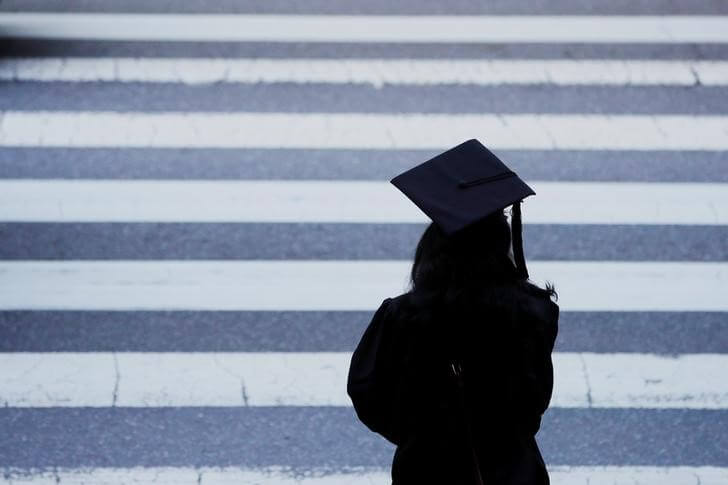An increase in delinquencies last year among a smaller pool of U.S. student loans not covered by a forbearance program put in place during the COVID-19 pandemic signals likely problems ahead for almost 37 million loans when that program ends, a New York Federal Reserve analysis showed on Tuesday.
Borrowers covered under the forbearance program have not been required to make payments on their loans since March 2020, but the suspension of repayments is set to expire at the end of April.
Over the period, an estimated $195 billion worth of payments have been waived, the New York Fed said.
Borrowers in a separate smaller pool of about 10 million loans provided privately or through the Federal Family Education Loan (FFEL) system and not covered by the forbearance program struggled with their debt payments over the past two years. In particular, from March last year delinquency rates for FFEL borrowers have been on the rise and returned to pre-pandemic levels by the end of December.
By contrast, delinquency rates fell among borrowers covered by the two-year forbearance program to a low of 3.6% at the end of last year.
That bodes ill for those covered by the program who had higher debt balances, lower credit scores and were making less progress on repayments than FFEL borrowers before the pandemic began.
“As such, we believe that … borrowers are likely to experience a meaningful rise in delinquencies, both for student loans and for other debt, once forbearance ends,” New York Fed economists wrote in a blog post.



































